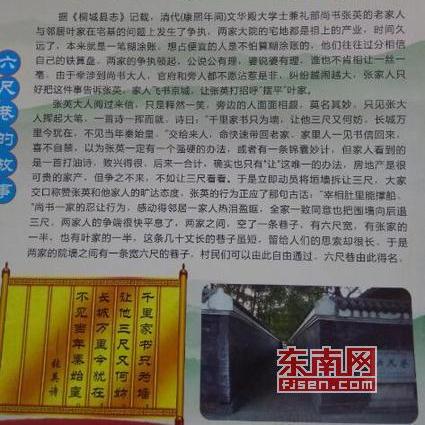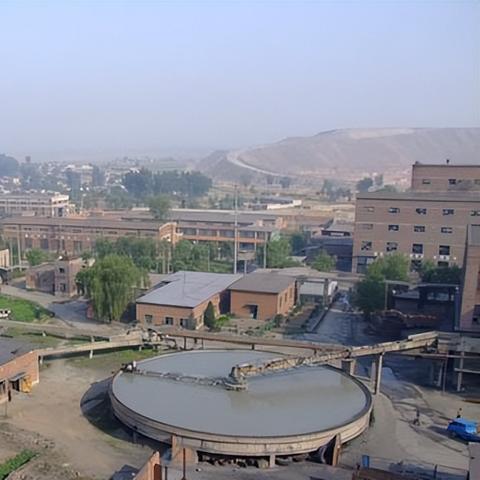Introduction to the New Macau 2025 Policy
The policy statement outlining the vision for New Macau 2025 highlights the strategic importance of establishing a precise and authorized image database. This initiative is designed to facilitate a better management of digital assets within the Special Administrative Region. The policy emphasizes the need for a comprehensive library that ensures the intellectual property rights of creators are respected and protected, while also promoting the cross-border flow of data in compliance with international standards.
Importance of a Precise and Authorized Image Database
The creation of an accurate image database is crucial for several reasons. Firstly, it safeguards the rights of photographers, artists, designers, and other content creators. By assuring the accuracy and legality of the images they create, the database helps to prevent copyright infringement and ensures proper compensation is received for the usage of their work.
Secondly, a well-maintained and precise image database contributes to the reputation of Macau as a hub for artistic and creative industries. This bolsters the attractiveness of Macau to investors, tourists, and cultural enthusiasts alike. Moreover, it signifies a commitment to intellectual property rights, which are fundamental to fostering innovation and creativity within the region.
Challenges and Solutions for Data Cross-border
As digital content transcends borders with ease, managing cross-border data flows presents unique challenges. These include ensuring data security, complying with various jurisdictions' data privacy regulations, and maintaining integrity throughout the distribution chain. To address these challenges, New Macau 2025 has incorporated robust security protocols, sophisticated encryption methods, and adherence to international data protection principles.
A key aspect of solving cross-border data challenges is the establishment of bilateral and multilateral agreements with other countries. These agreements facilitate the smooth transfer of digital assets while preserving the rights and interests of all parties involved. This multifaceted approach not only resolves legal hurdles but also enhances trust among stakeholders.
Implementation of the New Macau 2025 Policy
Implementation of the New Macau 2025 policy involves several key steps. The first step is the development of a comprehensive legal framework that lays out clear guidelines for the collection, storage, and usage of digital images. This framework must be in line with both international standards and the local cultural and legal context of Macau.
Next, the establishment of a central database that functions as a clearinghouse for images is essential. This digital repository collects and archives images while ensuring that metadata such as the creator, copyright status, and usage rights are accurately recorded and easily retrievable.
Collaboration with technology partners is also crucial to develop advanced image recognition software and other digital tools that aid in the management of the database. Such collaborations enable the seamless integration of the new system with existing digital infrastructures and enhance the database's capabilities.
Regulatory Compliance and Enforcement
Regulatory compliance is a cornerstone of the New Macau 2025 policy. This includes setting up a regulatory body responsible for overseeing the day-to-day management of the image database and ensuring adherence to established standards and practices. The body is also tasked with the enforcement of rules and the arbitration of disputes that may arise from the use of images from the database.
Furthermore, the policy mandates that periodic audits and updates be conducted to ensure the database remains up-to-date with the latest developments in technology and international law. This ongoing commitment to adaptation and improvement is vital to the long-term success and relevance of the image database.
Economic and Cultural Impact
The development and maintenance of a precise copyright image database have significant economic implications for Macau. It attracts business by providing a reliable and secure platform for the trading of digital assets. The database also supports local industries by offering a platform for local artists and photographers to showcase their work globally, thereby increasing their visibility and marketability.
Culturally, the database serves as a repository of Macau's rich and diverse heritage. By cataloging and preserving images chronicling the region's history and culture, the database becomes a crucial tool for education and research, fostering a deeper understanding and appreciation of Macau's unique identity.
International Collaboration
New Macau 2025's policy places an emphasis on international collaboration. This includes working with other jurisdictions to establish norms and best practices for the management of digital assets. By engaging in international dialogue, Macau can leverage its position as a Special Administrative Region to influence global standards and practices.
Such collaborative efforts can yield mutual benefits, as they lead to the sharing of knowledge, resources, and technologies. This not only strengthens the global digital economy but also promotes a more equitable distribution of benefits stemming from the digital realm.
Conclusion
The New Macau 2025 policy's focus on creating a precise and authorized image database and enabling data cross-border movement is a forward-thinking approach to managing digital assets. By implementing this policy, Macau positions itself at the forefront of the digital economy, ensuring that it benefits from the economic and cultural opportunities presented by the global digital transformation. This visionary policy is a testament to Macau's commitment to innovation, intellectual property rights, and sustainable digital practices.














 京ICP备18031275号-1
京ICP备18031275号-1
还没有评论,来说两句吧...